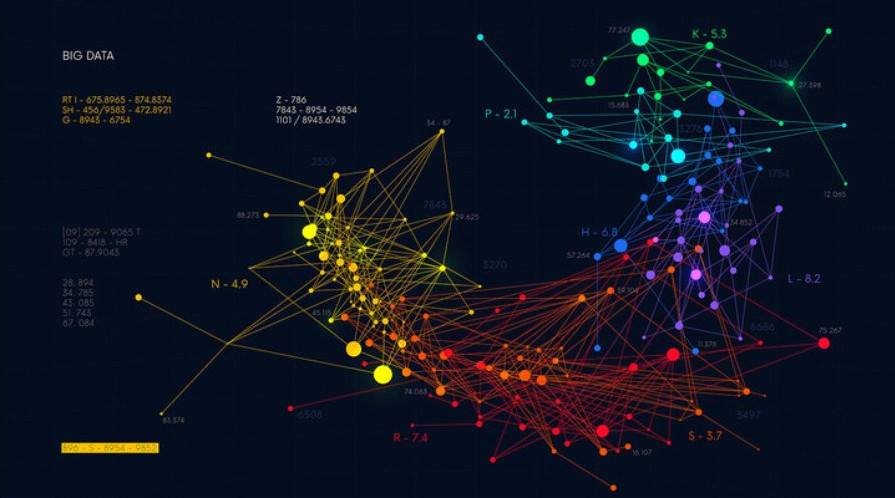
What is an ontology?
An ontology is a formal representation of the entities of a domain at its most fundamental level and the relations between them, including but not limited to constraints, categories, concepts, and functions.
Essentially, it breaks down knowledge so a machine can use it. It is an exhaustive and universal representation of data.
An example of an ontology would be
Person A is employed by company A
Person B is employed by company A
Given this example, we can easily conclude the relation between person A and person C without needing additional data: Person A and person B are colleagues.
Why should we use ontologies in AI?
AI aims to understand and learn the hidden relations in the data in a way that allows it to extract, reproduce and predict. The common practice is to train models on domain-limited data. While the trained model could yield excellent results in that particular domain, it often underperforms when tested on data from a different domain.
The ability to generalize is one of the main problems in AI, but ontologies can help solve this problem. By feeding entire domain representations to a model, ontologies help models understand relations in the data and, as a result, better generalize to different datasets with similar relations. Combining domain-specific ontology with AI can uncover new patterns and produce more significant results.
Several types of ontologies are currently available:
- The semantic web: makes machine-interpretable knowledge available and distributed on the web.
- RDF (Resource Description Framework): graph model designed to describe Web resources and their metadata in a way that allows automatic processing of such descriptions. It defines resources and properties in terms of other resources using SubClassOf, for example.
- XML (Extensive Markup language): file format for machine and human-readable syntax.
- URI (Uniform Resource Identifier): used for unique identification of resources.
There is a common misconception that the more data we feed an AI model, the better it will perform. Sometimes too much data can be overwhelming and even counterproductive.
Ontologies can help broaden the model’s scope by significantly improving the data quality, whether unstructured, semi-structured, or structured. Adopting an ontological representation of data also means having access to reusable, repeatable, and adaptive structures and a rapid scaling capability. By doing so, we can exceed the performance of a traditional model with fewer data.
Don’t hesitate to contact us if you want to apply ontologies and digital twin technology to your industry and business. We look forward to supporting you and enabling your business to be part of the industry 4.0 revolution!
